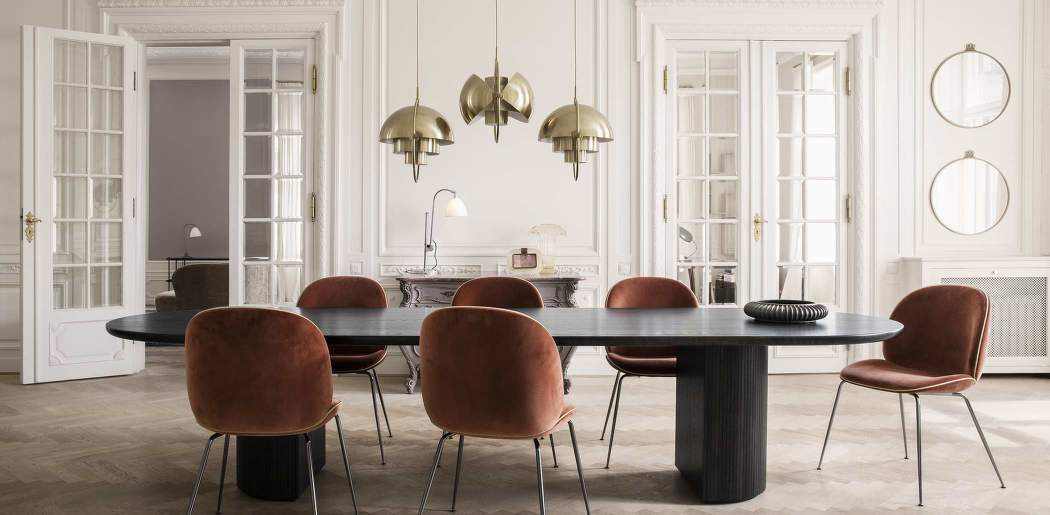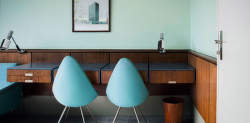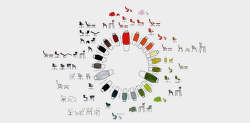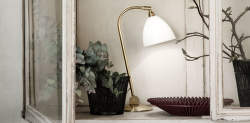The Golden Age of Danish Modernism
For the essence of Scandinavian design, we need to go back into Danish history. For it was in Denmark that Modernism reigned between the 1920s and 1960s and produced the most iconic pieces of furniture , such as the most famous Egg chair by Arne Jacobsen. And many of the designs taken up by contemporary Scandinavian brands are also among them, which is why you'll find them in the DesignVille range.
The Danish modernist movement, which had its golden era in the 1950s, was shaped by two influences. The first was the German Bauhaus school of art. From it, Danish Modernism adopted the trend towards functionalism, abandoning ornateness and ostentation. That is why one of the hallmarks of Danish furniture is its simplicity.
However, an even earlier influence can be found in the Funkis style, with which Danish designer Vigo Boessen is associated. His aesthetic was based on softer lines and rounded shapes, which is evident, for example, in the Little Petra armchair. The chair design from 1938 is currently offered by the brand &Tradition.
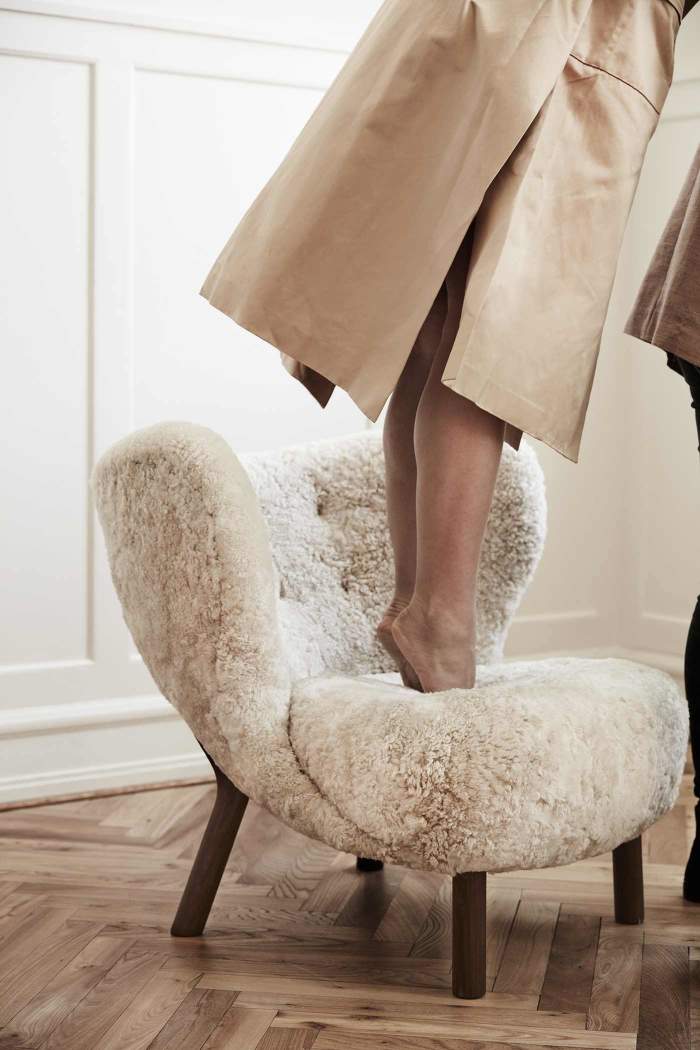
And from the 1930s comes another influential Danish design icon that inspired modernism - the Mayor Sofa designed by the legendary Arne Jacobsen for Copenhagen's North Town Hall. The sofa celebrates the Danish craft tradition, but in a modern coat.
The face of Danish modernism was transformed in the 1960s with the work of Verner Panton. His FlowerPot lamp steered Danish design towards a richer style and bolder colours. Although still true to functionalism, Panton pushed the boundaries in the use of materials and colour.
And why Denmark?
The development of iconic design in Denmark was helped by the establishment of the Department of Furniture and Architecture at the Royal Danish Academy of Fine Arts, founded in 1924 by Kaare Klint. He motivated his students to take an analytical approach to design and to adapt design to the needs of modern man. Some of the famous names that have come out of the Royal Danish Academy include the aforementioned Arne Jacobsen, Børge Mogensen, Hans Wegner, known as the "master of chairs", Finn Juhl and Verner Panton.
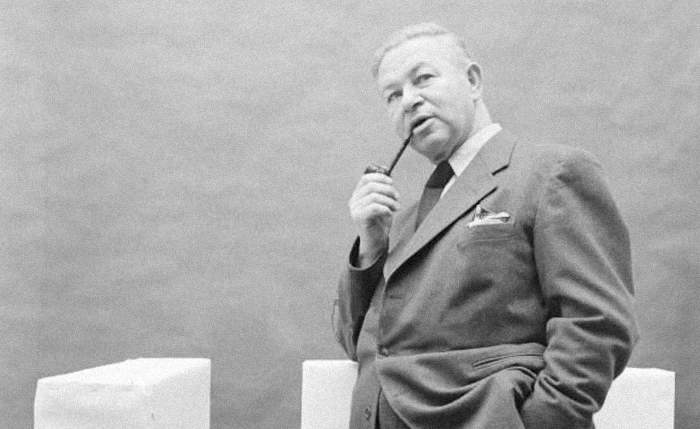
Craft tradition
However, the success of Scandinavian design in the middle of the last century was also due to a long tradition of craftsmanship, which was later replaced by the advent of industrialisation. While in Britain, for example, mass industry was already taking off in the 18th century, in Scandinavia it was not until the second half of the 19th century.
It was not until the Danish modernists were able to combine the Scandinavian craft tradition with modern industrial processes to mass produce design. As a result, by mid-century their furniture had reached Hollywood stars and was soon loved by their audience. Last but not least, modern Danish furniture owes its rise to the abundant collaboration between architects and cabinetmakers.
The contemporary legacy of Danish modernism
Contemporary Danish brands such as &Tradition, Gubi and Menu not only draw inspiration from the history of Danish Modernism, but also revive it in a series of reissues of original designs. As a result, you can now buy new furniture in the original iconic design. The &Tradition brand has revived the Little Petra armchair in this way this year, and also offers the iconic FlowerPot lamps and the Bellevue lamp, one of Arne Jacobsen's early designs.
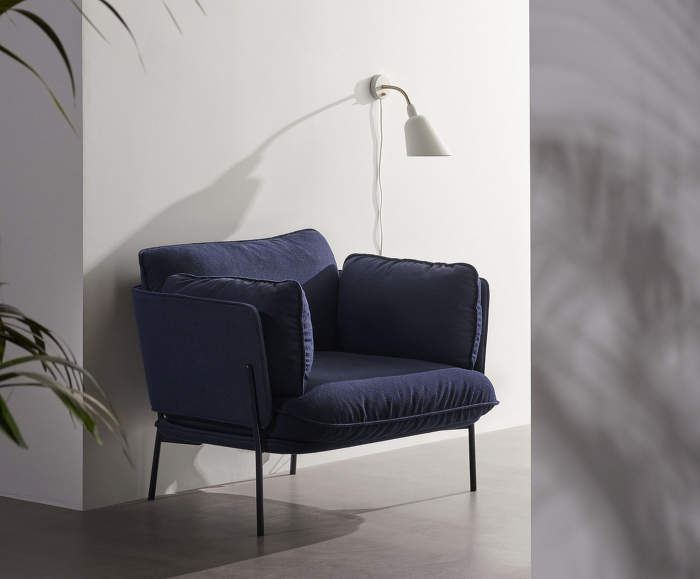
The Gubi range includes the asymmetrical Gräshoppa lamp by designer Greta M. Grossmann from 1947. Gubi has also taken on another modern design icon, the Multi-Lite light by Louis Weisdorf, which can be transformed into countless different positions.
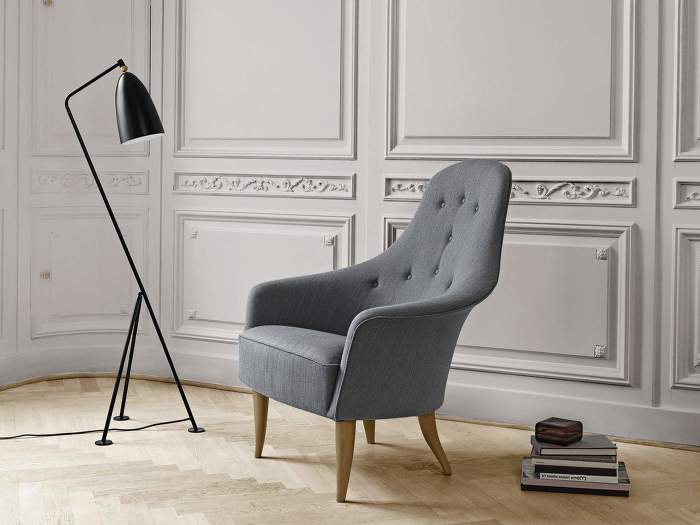
Danish design gems are also on offer from the Menu brand, which this year introduced a limited edition reissue of the Knitting Chair. Only 99 of these were released and we at DesignVille have one of them.
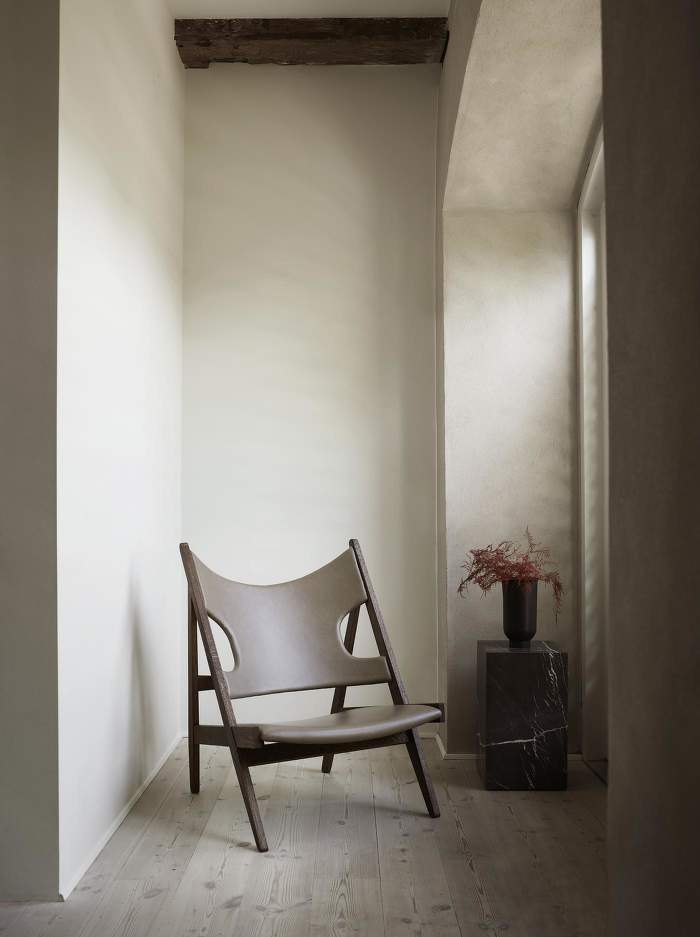
Danish design philosophy
The giants of Danish modernism listed above believed that furniture should keep the home simple and contribute to a better everyday life. Danish Modernism is the perfect combination of functionality and beauty and elegance.
Respect for original designs and the craftsmanship tradition is a given for the Northerners. That's why even today, Danish brands, which make up a large part of our portfolio, use mainly natural materials when designing furniture. Light wood (most often oak or walnut) and natural fabrics (linen, cotton, wool) are popular.
The connection with nature (already evident in the materials used) is an important part of the Scandinavian design philosophy. Quality takes precedence over the quantity of disposable products. Thanks also to the time-tested legacy of Danish modernism, contemporary brands strive to offer sustainable, timeless furniture that lasts for generations.
